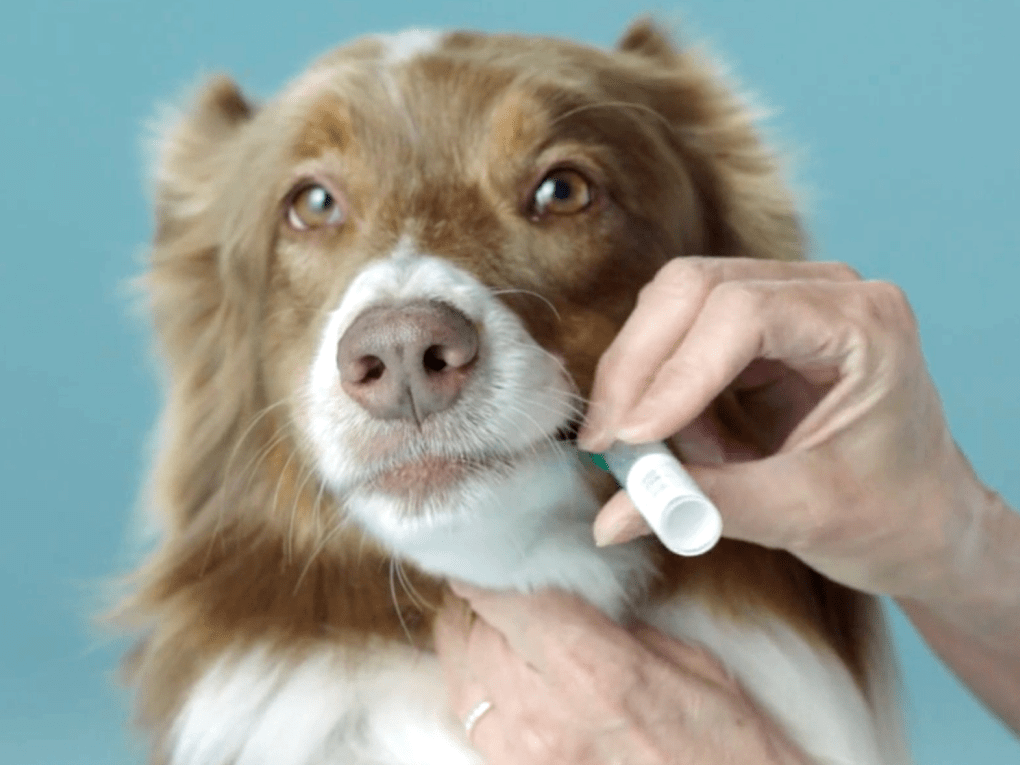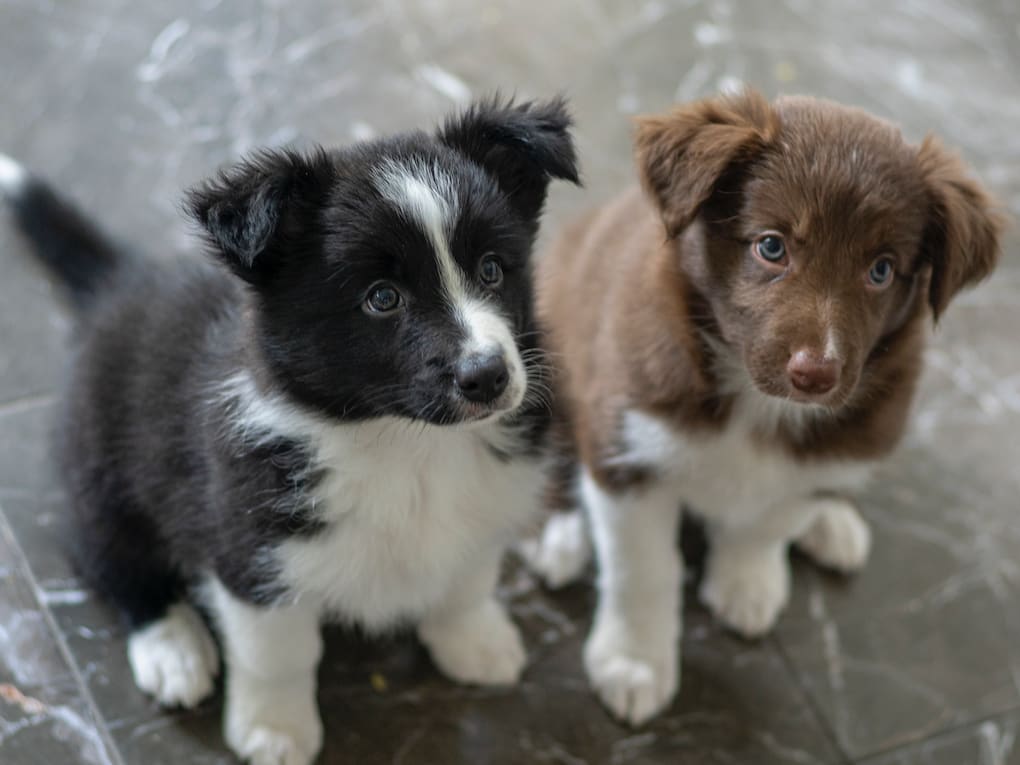How Dog DNA Testing Works
Genetics and inheritance can be complicated. Learn all about how dog DNA testing works, from genetics 101 to the science behind DNA genotyping technology and our laboratory processes.
The Science Behind Allergy Risk Scores
Allergies are one of the top reported health concerns for pet owners, affecting about 20% of dogs. Because allergy symptoms vary widely, it can be difficult to pinpoint the cause of a dog’s allergic reaction. Now, Embark offers a new genetic result that tells pet owners about their dog’s genetic risk for allergies as a...
How DNA Testing Helps Shelter Dogs Get Adopted
Animal shelters across the country have told us that DNA testing can help rescue dogs get adopted. By providing important genetic information, dog DNA testing helps shelters give prospective adopters insights into a dog’s breed mix, characteristics they might have, and more. At Embark, we believe that everyone should get to spend the holidays with...
How Do Dog DNA Tests Work?
You probably know that DNA testing, for animals or for humans, involves sending in a saliva or blood sample and waiting for the results. But what happens to your dog’s sample after it gets to the Embark lab? Let’s break down the science behind how dog DNA tests work. How do dog DNA tests work?...
Mendelian Inheritance Explained
All living things inherit their traits from their parents, whether it’s a person’s height, a dog’s coat type, or a flower’s petal color. Traits aren’t copied with 100% accuracy from parent to offspring, though. Since traits are inherited from both parents, all sorts of mixing and matching can occur on the genetic level. The environment...
Genetic Inheritance and Recombination
Why do littermates look different from each other? How is breed ancestry inherited? Learn more in this introductory video on genetic inheritance with Embark cofounder Adam Boyko, PhD. What is genetic inheritance? How does genetic recombination work? Why do human siblings not look exactly alike? Why do canine littermates often look different from each other?...
Ins and Outs of Microarray-Based Dog DNA Testing
Hi everyone! Erin, Embark’s Senior Veterinary Geneticist, here. As more people have been choosing Embark for their genetic testing needs, I’ve been receiving quite a few questions about our technology — what is “DNA microarray technology?” “Is it proprietary?” “How do you know it’s accurate?” “How is it different from the single mutation tests that...
How DNA Genotyping Works
Occasionally, we get questions from customers curious about how their dog’s DNA is processed into the genotype data that we analyze to understand breed ancestry and health risks. Once we receive your dog’s cheek swab, the DNA contained in the sample is copied many times in a process called amplification. Next, all of those copies...
Top Reasons to Get Your Dog’s DNA Tested
Dog; it’s the first word many of us learn and the first friend many of us have. Dogs are an integral part of our communities and lives, they represent a feeling of warmth, home and comfort to so many. While pets often become members of the family, many don’t know as much as they could...
Inbreeding in Dogs Explained
When closely related dogs mate, it is defined as inbreeding. “Inbreeding is the mating of individuals or organisms that are genetically closely related, resulting in increased homozygosity and consequently an increase in the occurrence of recessive traits,” according to Nature. “This can lead to inbreeding depression: reduced biological fitness of the population.” In this video,...
Embark CSO Explains Genetic Diversity
Genetic diversity refers to the total number of genetic characteristics in the genetic makeup of a certain species. Embark cofounder and Chief Science Officer Dr. Adam Boyko explains genetic diversity and how it affects dogs in the following video. Dr. Boyko has traveled to every inhabitable continent to study dogs and is a professor at...
Why Human & Dog Siblings Have Different DNA
My Italian grandmother and her brother recently tested their DNA with the same company and got very different results. Since I work for a startup that makes dog DNA tests, they turned to me for answers. “One of us is not from the milkman, Ashley, how did this happen?” my Nona asked. “How can it...
A Tail of Two Breeds: How Dog DNA Diverges Over Time
At Embark, we often receive questions like this one: “How can you differentiate ancestry between closely related breeds?” For example, American Bulldogs and modern English Bulldogs are the descendants of working English Bulldogs that made their way to America with working-class immigrants. So, how can we tell the difference between the genetics of American Bulldogs...





















